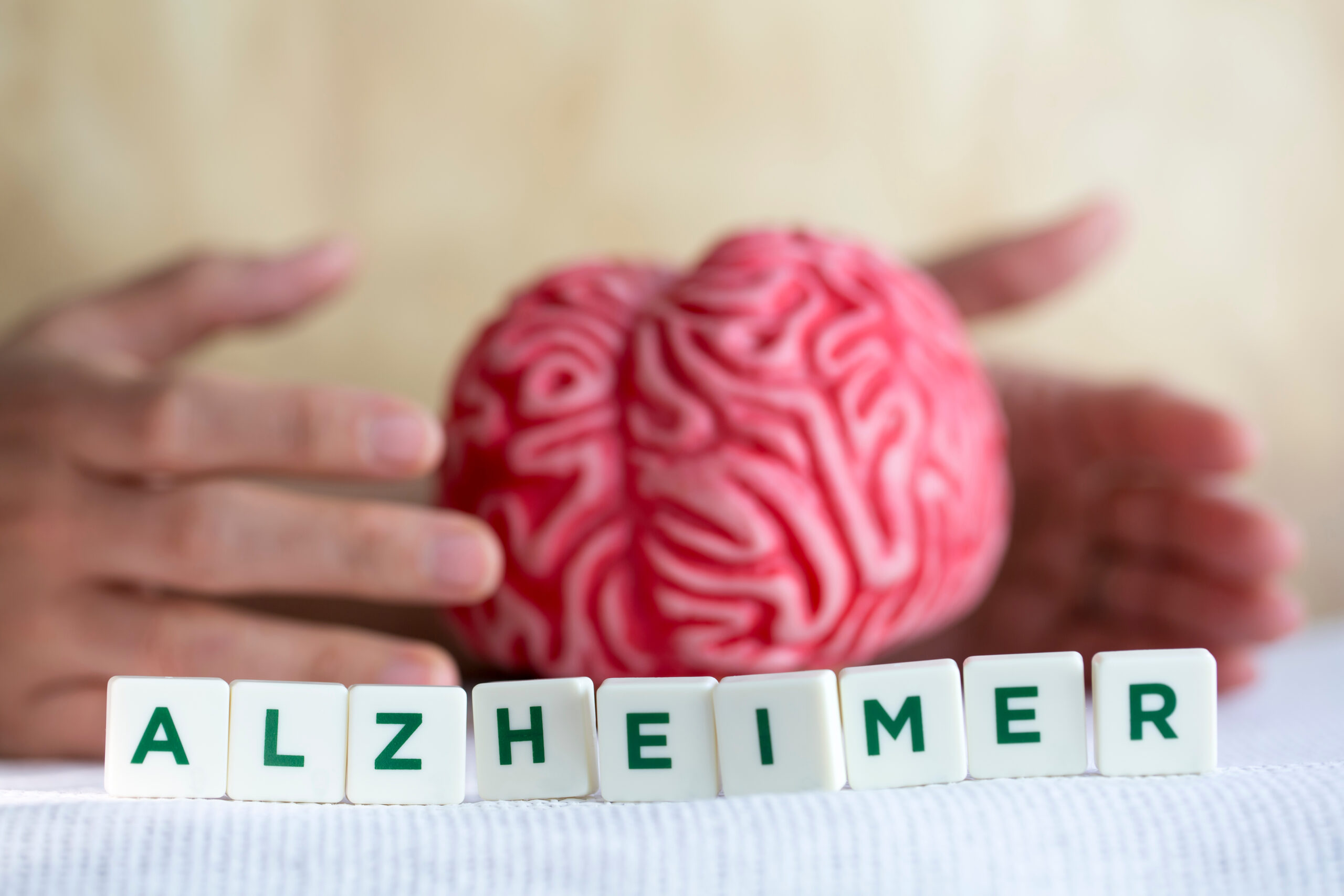Why do people with dementia have difficulty recognizing their own belongings
People with dementia often struggle to recognize their own belongings, which can be both puzzling and distressing for them and their loved ones. This difficulty is not just about memory loss; it involves a complex interplay of cognitive and perceptual changes that occur as dementia progresses.
One of the primary reasons for this difficulty is the way dementia affects visual perception. Individuals with dementia may have trouble interpreting visual information, which can lead to misjudging objects or spaces. For example, they might mistake a dark-colored rug for a hole or become confused by mirror reflections. This visual confusion can extend to recognizing personal belongings, making it hard for them to distinguish between their own items and those that belong to others.
Another factor is the impact of dementia on cognitive functions such as memory and concentration. While memory loss is a well-known symptom, it’s not the only issue. People with dementia may also experience difficulties with decision-making and problem-solving, which can further complicate their ability to identify personal belongings. If someone can’t remember where they placed an item or can’t decide whether it belongs to them, it becomes even harder to recognize it.
Changes in behavior and personality are also common in dementia. Some individuals may become more withdrawn or less interested in their surroundings, which can affect their ability to engage with and recognize their belongings. Additionally, mood swings or increased agitation can make it harder for them to focus on identifying personal items.
Lastly, the loss of independence in daily activities, known as Instrumental Activities of Daily Living (IADLs), plays a significant role. IADLs include complex tasks like managing finances, cooking, and using technology. When these skills are impaired, it can lead to a broader disconnection from personal belongings and daily routines.
Understanding these challenges can help caregivers and family members provide better support. By creating a more familiar and organized environment, using labels or reminders, and encouraging engagement with personal items, it’s possible to make recognizing belongings easier for people with dementia. Early detection and intervention are crucial, as they can lead to improved quality of life and more effective management of dementia symptoms.





